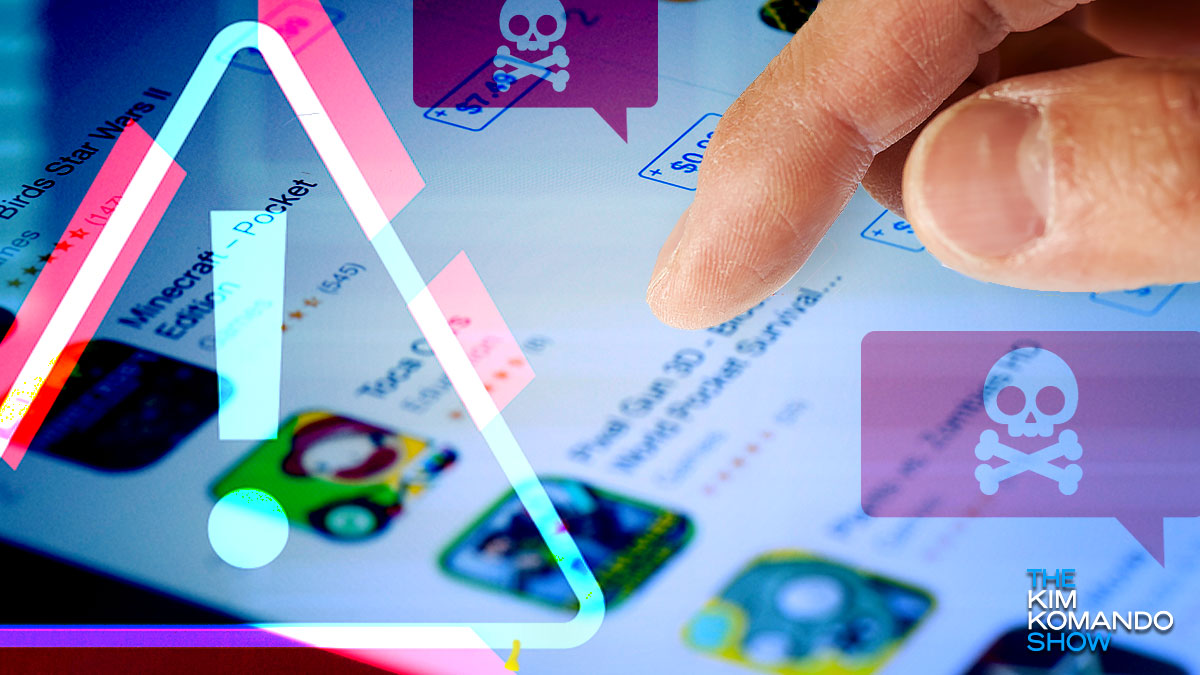Techie Tips: Hack-proof your family
In this, my first column, I want to take a moment to talk about keeping our families safe.
When I was coming up, my parents had the “Stranger Danger” talk with me. Our kids are born into the world as digital natives, and just like in the “real” world, they need to understand the dangers the digital world can pose.
We’re in a unique place as a society, where even our youngest members are virtually fluent, yet potentially vulnerable to threats they barely comprehend.
The cybersecurity landscape has radically evolved over the last decade. It’s no longer confined to IT departments or specialist firms. Today, it stands at the threshold of every household. Our family homes are no longer just physical structures, they extend into the digital realm.
We speak in hushed tones about cyber threats like ransomware, data breaches, and identity theft. They seem abstract, distant, and more applicable to high-profile corporations than suburban households. But as our lives become more intertwined with digital technologies, the line blurs. Social media profiles, online banking, cloud storage, virtual classrooms—all these facets of our digitized lives contain personal information that could be exploited if left unprotected.
Families must understand that the internet, much like any public space, has its share of threats and risks. Parents would not let their children roam unsupervised in a city they’ve just moved to. Likewise, the same level of caution should be exercised online.
But how can families fortify their digital homes? First and foremost, education is key. Cybersecurity is not a labyrinthine concept reserved for tech aficionados—it is a practice that needs to be adopted by all users. Simple, crystal-clear ground rules need to be set for our children to keep them S.A.F.E.
S.A.F.E. is a great acronym for cybersecurity. Let’s go through it together!
Secure your information
Make sure that you leverage two-factor authentication (2FA) on your digital services. 2FA is something you have (like a cell phone with a code) and something you know (like a password.) This approach will keep your accounts much more secure.
Avoid suspicious links or emails
Phishing attempts and social…


